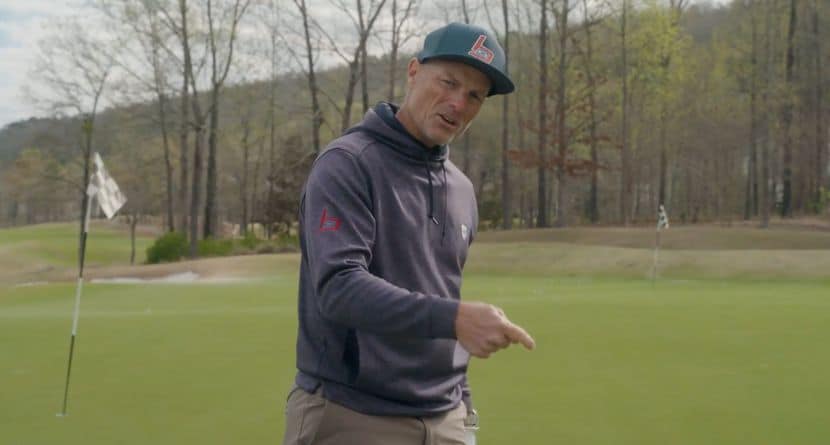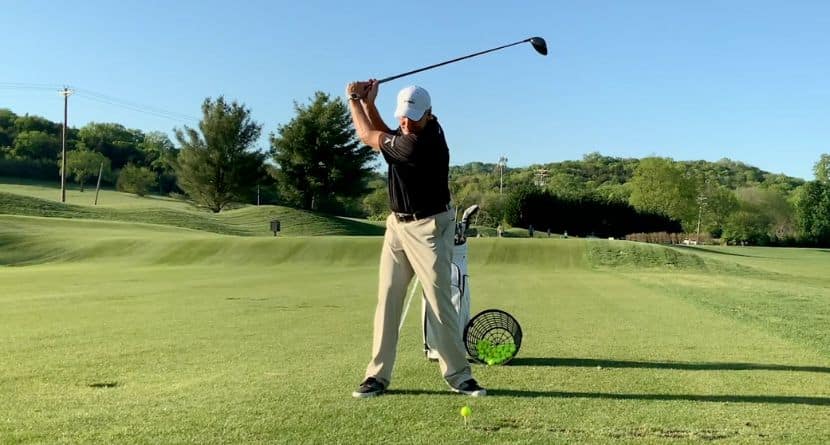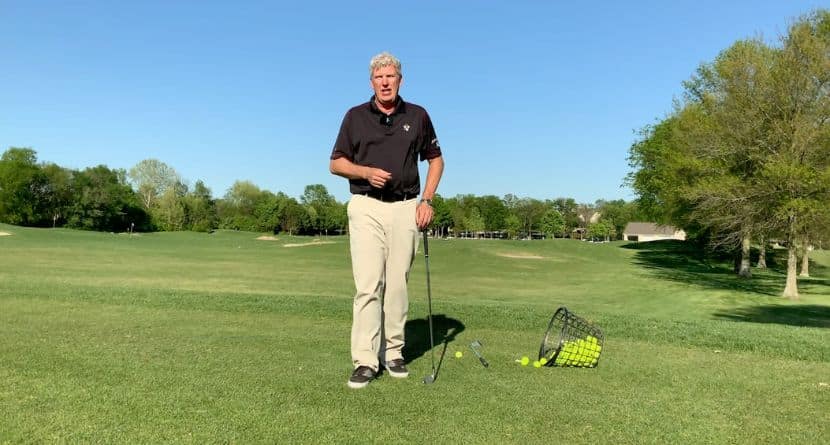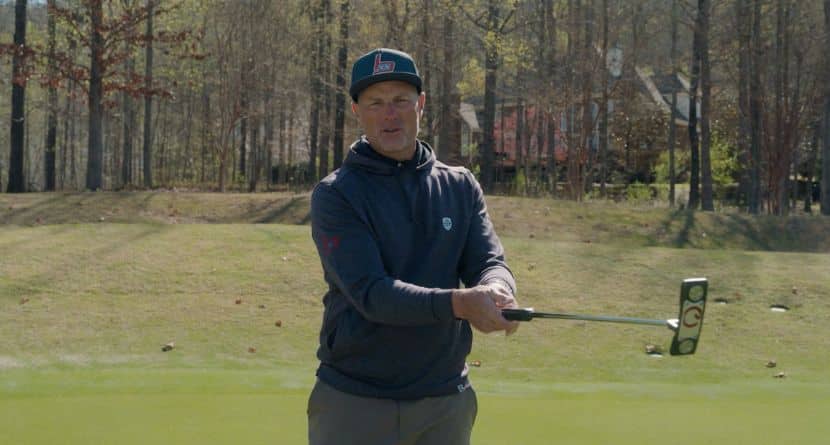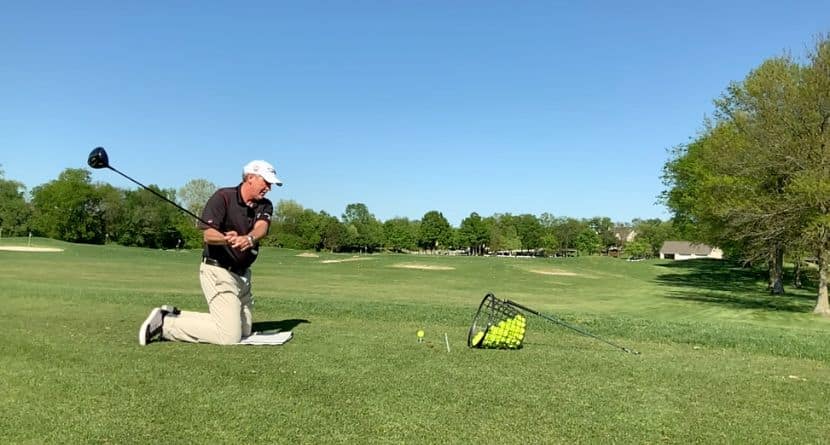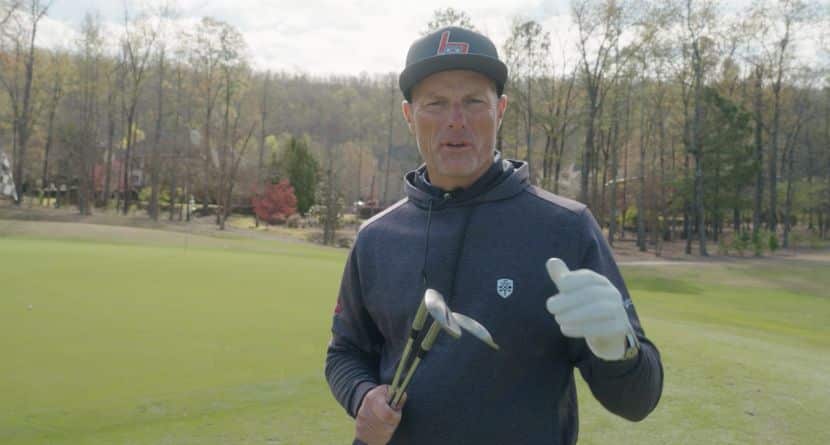The greats always find a way to show up at the majors, and Jordan Spieth showed why he has become one of the great players in today’s game during Friday’s second round of The Open Championship.
A strong final round at The Masters has been followed by suboptimal play (by Jordan’s standards) leading in to The Open Championship. Spieth was sent packing after two rounds at the U.S. Open, adding doubt as to the state of his game.
His first round at Carnoustie was average, but he knew 1-over par after the first day was not going to keep pace with the lead pack. As Jordan is known to do, he came out hungry and firing on Day Two. His approach on the 3rd hole ran past the flag and over the green some 10-12 yards, just shy of the tall fescue.
This left him below an embankment to a green that was sloped away from him. Adding to the difficulty was the ridge running from the back of the green to the pin, which could deter the path of the ball depending on how far on either side of the ridge a shot was played. Finally, the shot needed to be played from precarious downhill lie with the ball resting in an area where the contact would be questionable.
So how did Spieth manage to hit an excellent shot and hole it out for birdie?
Watching closely, we see the better players allow the lie and terrain that needs to be navigated dictate much of, if not all, the play at The Open Championship.
Jordan mentioned earlier in the week that he was trying to play as more of an artist instead of the tactician, and it was an artisan’s touch that he used to pull of one of the best shots of the tournament to date.
The Setup
- The downhill lie dictated a back-of-center ball position, with shoulders and hips set at an angle that matched the lie. This can be done be adding weight and pressure to the front leg at setup.
- Jordan chose a wedge, and although it may seem like a lot of loft for a lower chip shot, downhill lies deloft the club through impact as the player swings down along the slope. By taking a lofted wedge he knew, for example, a sand wedge would play more like a 9-iron, but he could still utilize the scoring grooves of the wedge to impart the maximum amount of spin he needed to keep the ball from racing away from him.
The Swing
- The majority of his body weight should be kept centered over the lead leg
- The body motion is controlled by the arms mostly, with the chest and upper body staying quiet and over the ball. There is minimal hinge on the way back, just enough to allow for the club to be accelerated through impact and ensure the club does not contact the ground before the ball.
The Shot
- A shorter, arm-driven backswing produced a low punch-style shot. The trajectory was low enough to hit the top part of the embankment, but had enough trajectory to carry over halfway to the hole.
- After hitting the embankment, the momentum of the shot was lessened, but because a wedge was used the spin on the ball was not. We can see after two hops the spin takes over and the ball slowly releases on the green as if struck by a putter.
Work on setting your body lines with the slope of a downhill chip or pitch and use a lofted wedge with your body weight forward to practice how to hit a low running and spinning shot. It will come in handy if you need to play the ball off a hill and/or down to a tucked pin!


